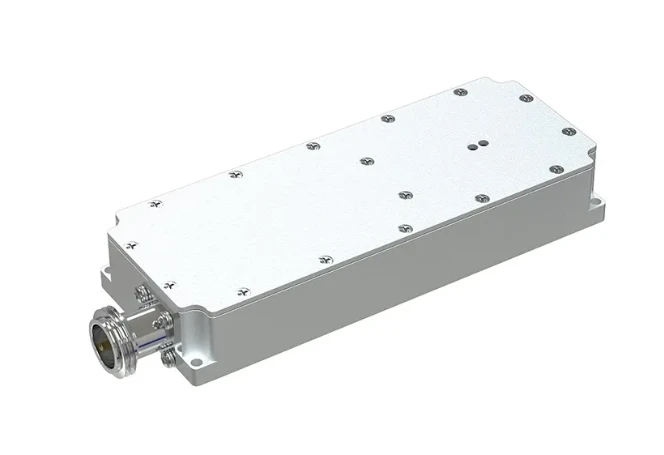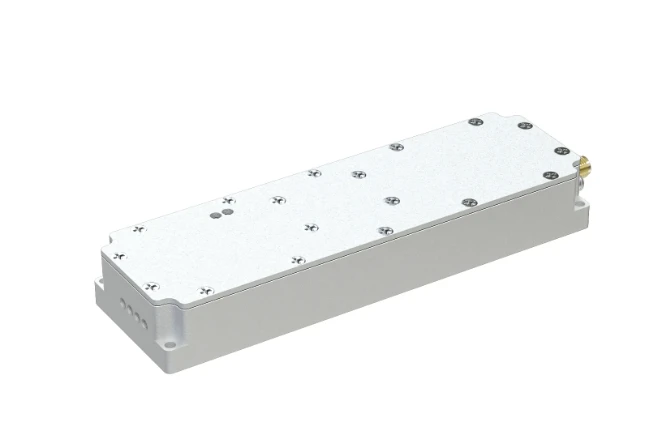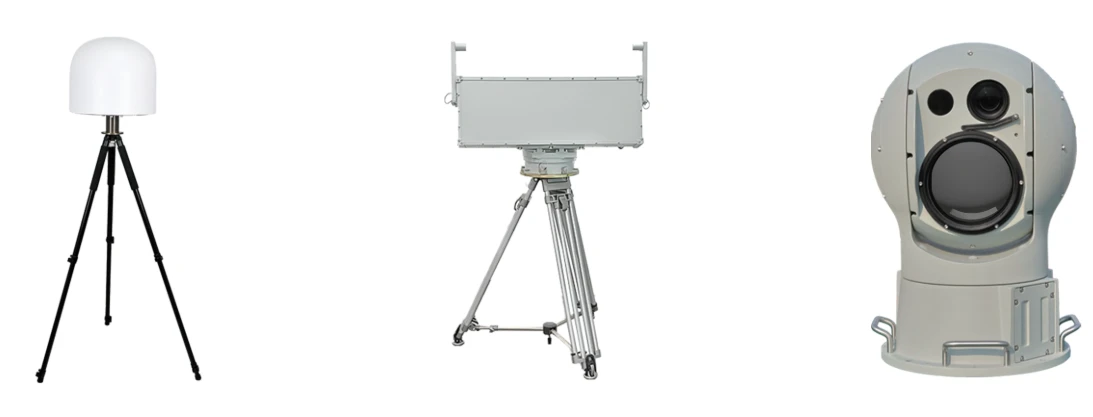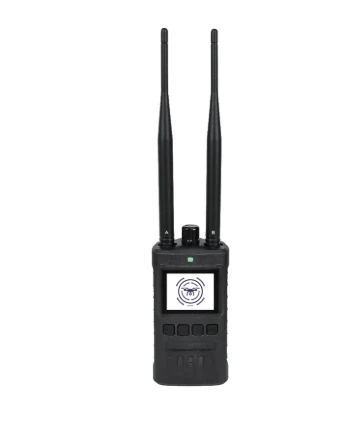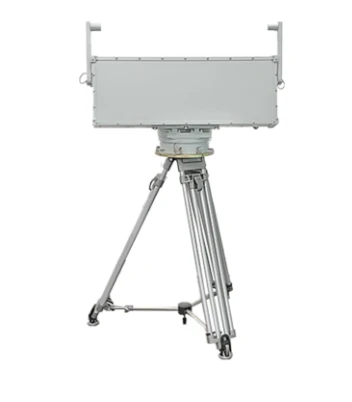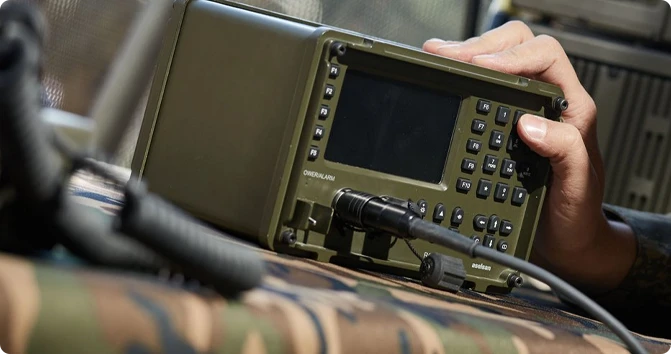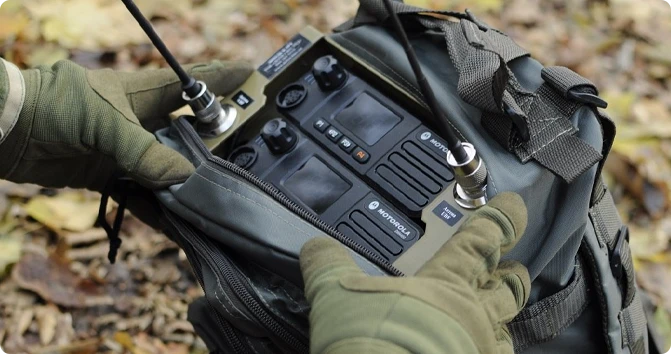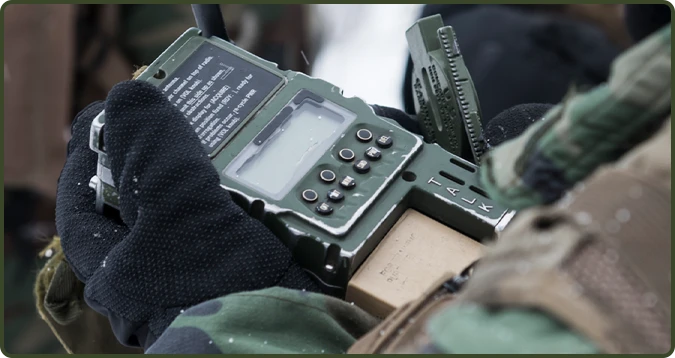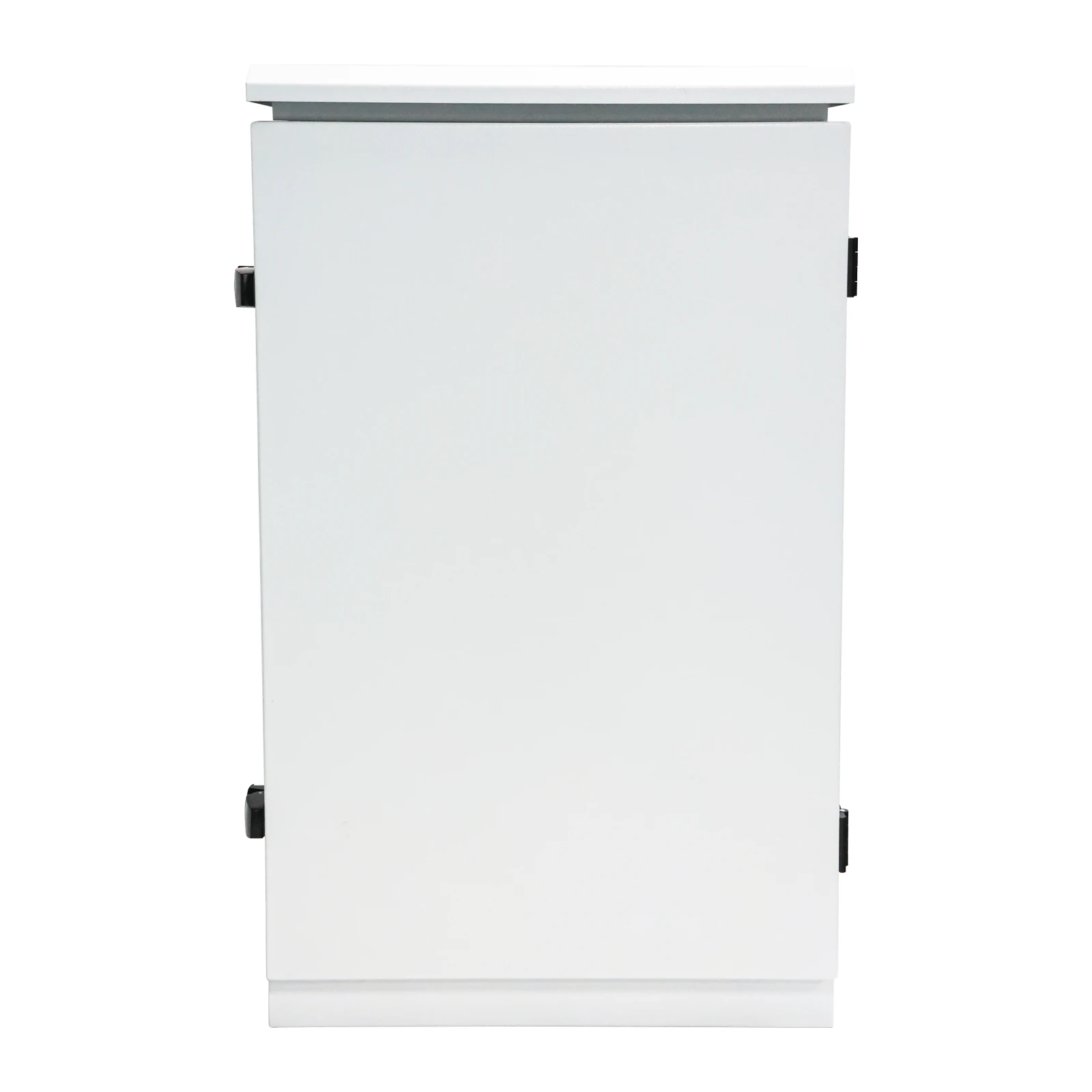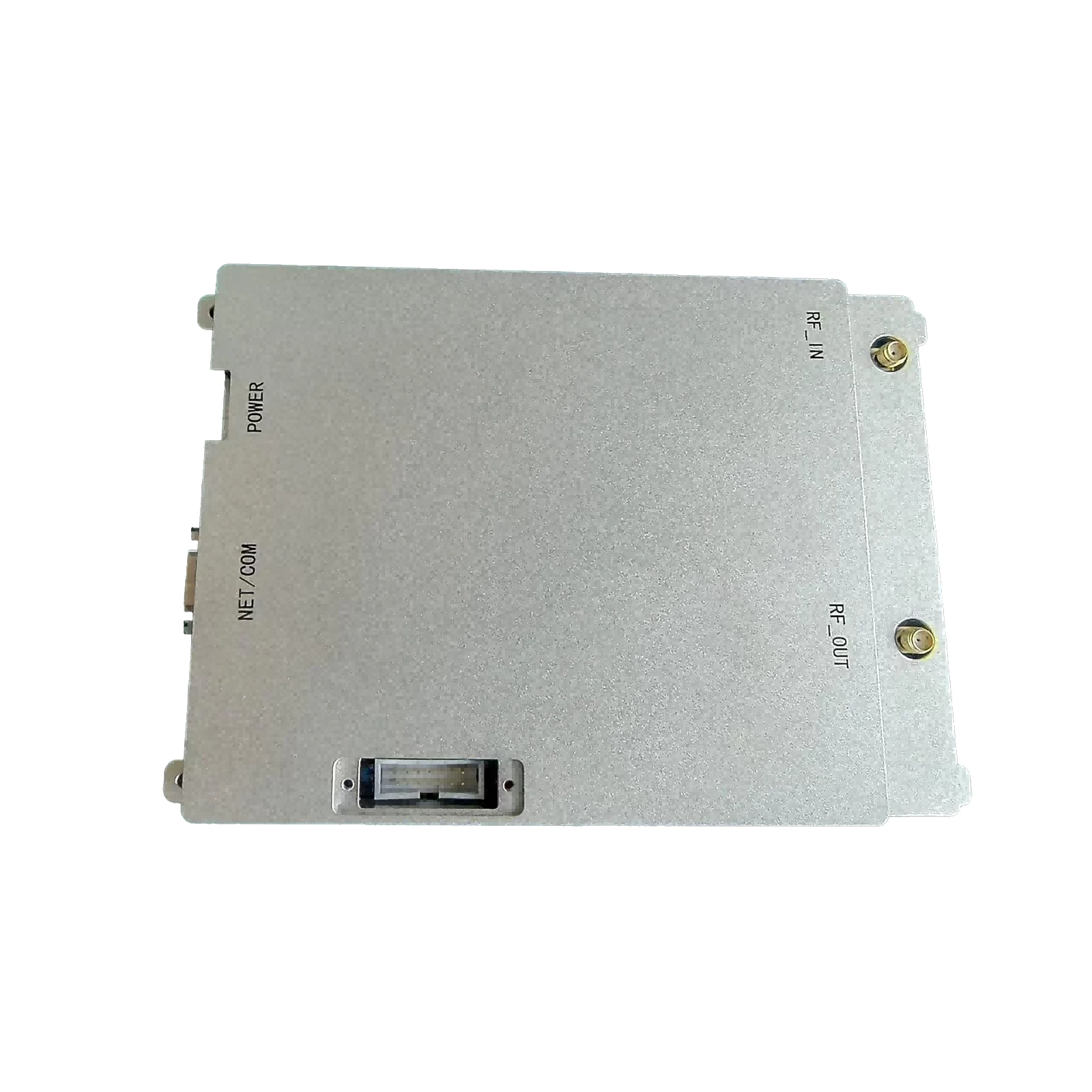Radio Frequency Detectors for Quality Control
In today’s fast-paced technological world, ensuring that electronic products work efficiently and without interference is critical to maintaining both performance and safety standards. This is especially true in manufacturing plants where wireless-enabled products are produced, and in testing laboratories where devices must meet strict electromagnetic compatibility (EMC) regulations. One of the most valuable tools used to guarantee the quality and compliance of these products is the radio frequency detector. This device plays a crucial role in identifying potential problems such as electromagnetic interference (EMI), signal disruptions, or weak RF signals that could impact a product’s functionality. By implementing a radio frequency detection device, manufacturers and testing facilities can ensure that their products meet global standards, providing consumers with reliable and safe devices.
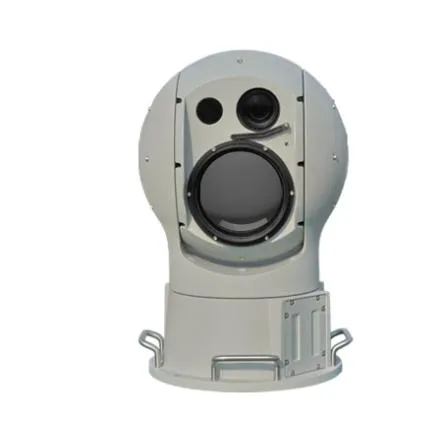
The Role of a Radio Frequency Detector in Manufacturing Quality Control
Manufacturers of wireless-enabled products face numerous challenges when it comes to ensuring the performance and reliability of their devices. One of the most pressing concerns is interference from external RF signals or internal malfunctions that could affect the device’s ability to communicate effectively. A radio frequency detector is a critical tool used in the manufacturing process to ensure that devices meet strict quality control standards.
By using a radio frequency detection device, manufacturers can check for RF interference that might disrupt a product's performance. For example, when manufacturing smartphones, Wi-Fi routers, or Bluetooth-enabled gadgets, it is essential to verify that the device’s RF emissions do not interfere with other electronic equipment or violate EMC regulations. The radio frequency detector can be used to measure the strength and frequency of emissions produced by the device during testing, ensuring that it remains within the acceptable limits.
In addition to interference testing, radio frequency detection devices can also help detect weak RF signals that may indicate a malfunction in the device’s wireless capabilities. A weak or inconsistent signal could result in poor performance and user dissatisfaction. By identifying these issues early in the production process, manufacturers can make necessary adjustments to their designs, components, or antennas to improve the final product's overall performance and reliability.
Testing Electromagnetic Compatibility with a RF Broadcast Detector
Another crucial role of radio frequency detectors is in ensuring that electronic devices meet electromagnetic compatibility (EMC) standards. EMC testing ensures that a device does not emit excessive electromagnetic radiation, which could interfere with other electronic products, and that it is also immune to interference from external RF sources. RF broadcast detectors are used in EMC testing to evaluate how well a device performs in various electromagnetic environments.
An RF broadcast detector can measure the frequency and intensity of the electromagnetic signals emitted by a device, as well as determine how these emissions interact with the surrounding environment. During the testing process, the device is subjected to different RF environments to simulate real-world conditions. The radio frequency detection device will record any emissions that exceed regulatory thresholds, allowing technicians to identify areas where shielding or other corrective measures are necessary.
If a product fails to meet EMC requirements, manufacturers must make adjustments to its design, components, or shielding. This ensures that the final product will not only function properly but also comply with international standards for electromagnetic compatibility. Whether it’s a new mobile phone, a laptop, or a home appliance, radio frequency detectors play a vital role in ensuring that the product can operate without causing interference to other devices and remains resilient to external RF disturbances.
Portable RF Detectors in On-Site Quality Control Inspections
In addition to their use in laboratories and manufacturing facilities, portable RF detectors are indispensable tools for on-site quality control inspections. These handheld devices offer flexibility and mobility, allowing technicians to perform real-time evaluations of wireless products in various environments.
A portable RF detector is especially valuable for technicians who need to inspect devices in the field or during the installation process. For instance, when setting up a Wi-Fi network in an office or testing the RF emissions of a newly manufactured product in a remote location, the portable RF detector provides immediate feedback on signal strength and potential interference. This ability to monitor RF signals on-site allows engineers to make real-time adjustments and ensure that the device meets quality control standards before it is shipped out or installed.
Moreover, portable RF detectors are used to check the RF performance of devices after they have been deployed. For example, a portable RF detector can be used to test the wireless performance of a new router or smart home device once it is installed. If the device’s performance does not meet expectations, the technician can adjust antenna placements, frequency settings, or the device’s location to enhance signal quality.
The portability and ease of use of these detectors make them indispensable tools for quality control professionals working outside the manufacturing plant or testing lab, ensuring that products perform optimally even after they leave the factory floor.
Ensuring Consistent Quality Control with Radio Frequency Detection Devices
Maintaining consistent quality control across all products is a top priority for any manufacturer, especially in industries where wireless communication and electronics play a central role. Radio frequency detection devices are critical in ensuring that each product meets quality standards throughout the production cycle, from initial prototype testing to final inspection.
By integrating radio frequency detectors into the quality control process, manufacturers can ensure that their devices meet not only internal quality standards but also comply with global regulations. This is particularly important for products that will be sold internationally, as each country has its own set of EMC regulations. A radio frequency detection device helps manufacturers identify any issues related to RF emissions or signal performance, allowing them to make necessary adjustments before the product enters the market.
Furthermore, radio frequency detection devices are used during batch testing to evaluate the performance of large quantities of products at once. This helps identify any potential issues early in the production process, reducing the risk of defective products reaching customers. By ensuring consistent product quality, manufacturers can reduce returns, complaints, and reputational damage while ensuring that their devices provide reliable wireless performance.
Radio Frequency Detectors for Quality Control FAQs
How does a radio frequency detector improve quality control?
A radio frequency detector is used to measure and monitor RF emissions in products to ensure they meet regulatory standards and function properly without interference. It helps identify weak signals, interference, or malfunctions during manufacturing, improving product reliability.
Can a radio frequency detection device help with electromagnetic compatibility testing?
Yes, radio frequency detection devices are essential for EMC testing. They help evaluate the electromagnetic emissions from a device to ensure it meets global compatibility standards and does not interfere with other electronic equipment.
What is the advantage of using a portable RF detector in quality control?
A portable RF detector provides the flexibility to perform on-site quality control checks and real-time testing. It is especially useful for inspecting wireless devices during installation or deployment, ensuring their performance in different environments.
How can RF broadcast detectors ensure product compliance?
RF broadcast detectors measure the frequency and strength of electromagnetic emissions from a device. By ensuring that these emissions do not exceed regulatory limits, they help ensure the product complies with electromagnetic compatibility standards.
Where can I purchase a radio frequency detection device for quality control?
You can purchase a high-quality radio frequency detection device directly from our website. Our devices are designed to meet the highet industry standards, ensuring your products perform reliably and comply with regulatory requirements.
-
09 March 2021 07 Jul 2025
-
09 March 2021 07 Jul 2025
-
09 March 2021 07 Jul 2025
-
09 March 2021 07 Jul 2025
-
09 March 2021 07 Jul 2025
-
09 March 2021 21 May 2025
-
09 mars 2021 25 dec 2024
-
09 mars 2021 14 okt 2022
-
09 mars 2021 25 dec 2024



